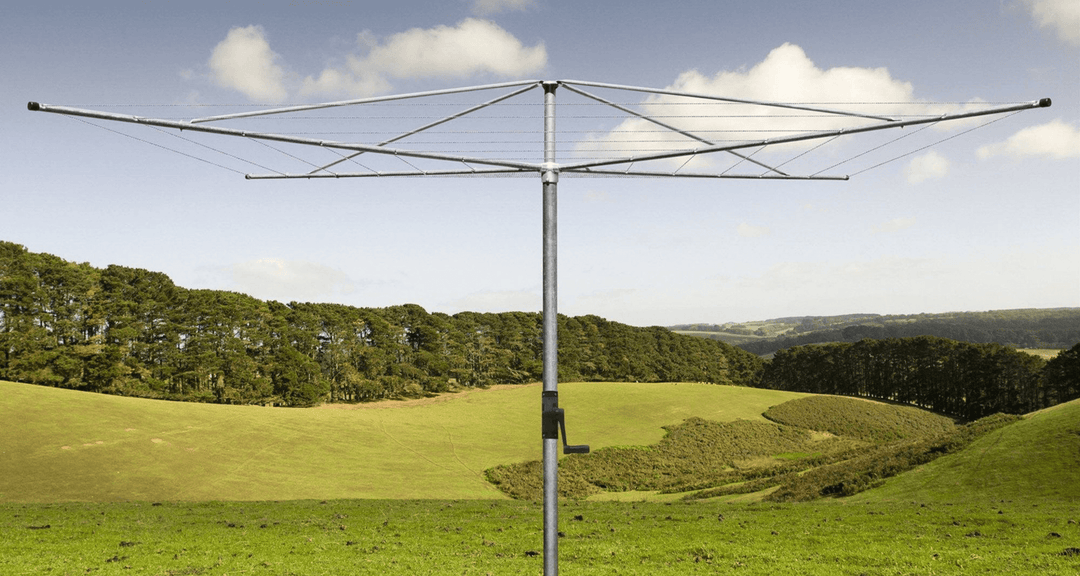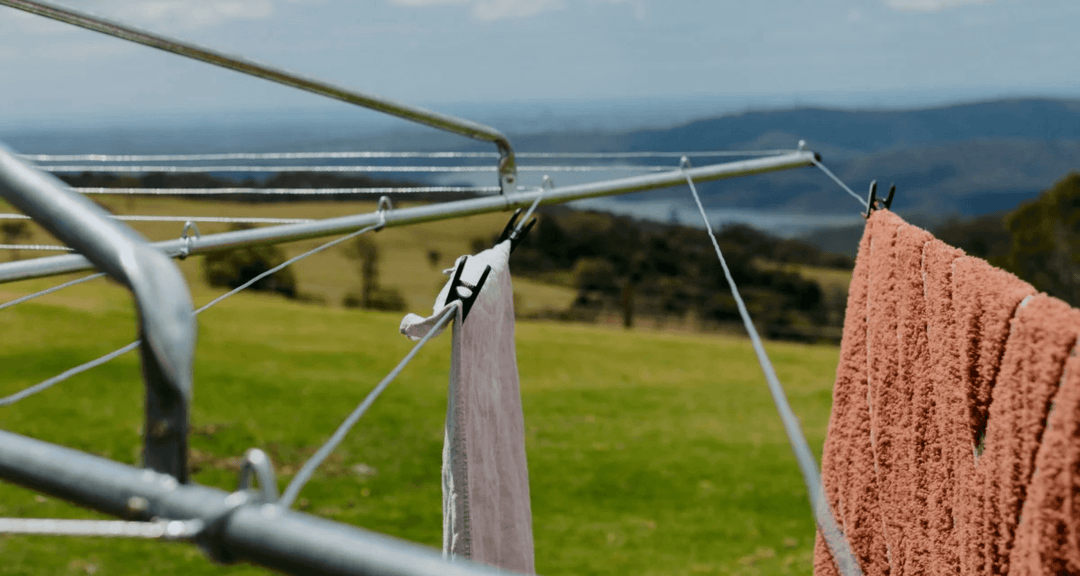How to Remove Mould in Washing Machine and Keep Them Away for Good!
We know the struggle of dealing with mould in the washing machine all too well.
It seems like a never-ending battle, especially in areas where the humidity just won't quit, and front-loading washers seem to be the worst offenders.
We've put together this guide to share the steps that have worked for us in removing mould and keeping our laundry room smelling fresh.
If you're tired of that musty smell and unsightly spots in your appliance, you're in the right place.
Let's walk through the most effective ways to tackle this pesky problem and discuss how to prevent it from coming back.
Together, we'll get your washing machine back to its pristine condition.
Short Summary
-
Mould growth in washing machines is fostered by the warm, damp conditions, primarily in front-loaders.
-
Effective mould removal includes using a combination of tools like bleach, vinegar, and baking soda.
-
Preventing mould recurrence involves keeping the washing machine door open after use, regular cleaning, using biocidal cleaners semi-annually, and seeking professional help.
Topics in This Article:
Understanding Mould Growth in Washing Machines
We’ve all been there – opening the washing machine door only to be greeted by that unmistakable musty odour and the sight of those stubborn mould spots.
It’s like playing host to a party you never wanted, with mould as the uninvited guest that just won’t leave.
Our front loader, while a champion at cleaning clothes, turned out to be a five-star resort for mould.
But in no time, it was like a mould metropolis in there, and our clothes started to smell like they’d been on a detour through a damp basement.

Next, clean the rubber seal with a rag soaked in hot, soapy water, scrubbing every nook and cranny.
For the most stubborn foes, white vinegar was our chosen weapon, applied with an old toothbrush to get rid of every last speck.
A final wipe-down will ensure that the seals are bone-dry, leaving no chance for the mould's return.
Applying the Mould-Killing Solution
When we first spotted that unmistakable black speckling inside our washing machine, we were alarmed. (We're pretty sure you were too!)
This simple mould-fighting paste made of vinegar and baking soda with a splash of hot water is a great tool to fight against these tiny black enemies.
This solution effectively kills mould and prevents spores from spreading.
Begin with the detergent drawer, letting it bathe in the solution for a good hour or so.

Pour the rest into the drum and set the machine to the hottest cycle to get things going.
Once the cycle ended, we were happy to witness a clean, mould-free chamber!
It was a small, yet satisfying triumph in the ongoing saga of household cleanliness—a saga we all know too well.
The Rinse and Dry
When the final spin cycle hums to a stop, don't be complacent! The battle against mould isn't over.
We suggest doing an extra hot water cycle--a final and very thorough rinse to ensure no remnants of vinegar or baking soda remains and to wash out the last bits of mould.
Then comes the critical step: a meticulous drying of the drum.

Wipe down every crevice with a towel and leave the door ajar, allow the machine to air out--preventing any odours that could turn our laundry into a musty smelling pile.
Once the machine was as arid as the Great Victoria Desert air, congratulate yourself on a job well done.
Preventing Mould Recurrence: Ditch the Fabric Conditioner!

Ever left the washing machine door open and wondered if it's the right move?
Ever thought of ditching the fabric conditioner?
Well, it turns out, those are your first lines of defence against mould.
After unloading your clothes, grab a microfibre cloth and give the door seal a quick swipe to stop mould in its tracks.
Avoid the use of fabric conditioners and use our ultra-effective homemade solution instead...
...and always hustle to get those damp clothes out quickly.
Not only will ditching fabric conditioner lead to a cleaner washing machine and healthier household, it will also prolong the life of your washer as told by experts:
Call in the Pros
Sometimes, no matter how much elbow grease we put into our cleaning routine, mould in our washing machines plays a game of hide-and-seek, and we're not winning.
Our Creative Director, Kevin, has done every tip we have shared on this article even before it was written:

"I've noticed that numerous black specks the size of a small fingernail started to show up on clothes more often.
I've used every method possible: Hot water with vinegar or bleach, washing machine cleaning tablet, overnight soaking with chemicals...
...you name it! I eventually grew tired of it so I've decided to call in an expert to take my washer apart and have it cleaned.
Turns out, the whole outer drum was completely lined with a thick layer of black moulds! Believe it or not, they were being scraped off like large sheets of wallpaper, it was horrifying.
Apparently, the use of fabric conditioner was the culprit and we've ditched those since.
Instead, I now use a homemade fabric conditioner made of water, vinegar, and essential oils but resort to using non-wax derivative scent booster like the Arm & Hammer Clean Scentsations when I am feeling lazy.
After a ton of research, I have found out that even ordinary scent boosters that come in wax beads form can also leave residues within the machine and on clothes that don't just provide a breeding ground for moulds, they wreak havoc on your washer's parts too!
Non wax based scent boosters are only made out of simple ingredients fragrance, salt, baking soda, and anti-caking agent! As simple as it gets but just effective and better for health and the environment.
These dissolve easily, leave my clothes smelling great and don't leave unwanted waxy residue that can ruin my washing machine's moving parts by breaking its seals or blocking the drain pump.
I no longer have to deal with the icky fabric softener goop in the detergent drawer too!"
Product We Highly Recommend!
Arm & Hammer Clean Scentsations In-Wash Scent Booster
Made of just 4 basic ingredients:
Fragrance, salt, baking soda, and anti-caking agent
This simple product is cheap, dissolves easily, and won't leave residues on you washer and clothes for moulds to grow on unlike traditional fabric conditioners and wax-based scent boosters.
It definitely works wonders on making clothes smell fresh and helps keep them pristine by making your laundry detergent more effective due to its alkalising effects.
Final Words
As you dive into this guide, you'll walk alongside us through the trials and triumphs of tackling mould in the washing machine.
It's a journey many of us have begrudgingly embarked on, discovering those unwelcome spores where our clean laundry should be.
But with these steps, you'll be equipped to fight back and reclaim your appliance.
We've been through the frustration of scrubbing away, and the relief when the mould finally disappears.
So, let's stay diligent together, using prevention and prompt action as our mainstays against mould's return.
Together, we can keep our washing machines—and our homes—healthy and fresh.
Frequently Asked Questions
No, regular detergent is not sufficient for cleaning mould from your washing machine.
Use a mixture of white vinegar and baking soda or a biocidal cleaner instead.
No, it is not safe to mix bleach and vinegar for mould removal as it can create toxic chlorine gas.
It's best to use them separately for this purpose.
To keep your washing machine mould-free, aim to deep clean it once a month.
Regular maintenance is key to preventing mould growth in your machine.
If mould keeps coming back after repeated cleaning, it's best to call in professional mould removal services to address the deeper issue.
This can help eliminate the problem more effectively.
Front loaders are more prone to mould issues due to their tight seals, which can trap moisture.
However, proper maintenance is crucial for preventing mould in any type of washing machine.
 Fold Down
Fold Down

 Rotary Hoist
Rotary Hoist
 Retractable
Retractable
 Portable
Portable
 Ceiling Airer
Ceiling Airer
 Covers
Covers














